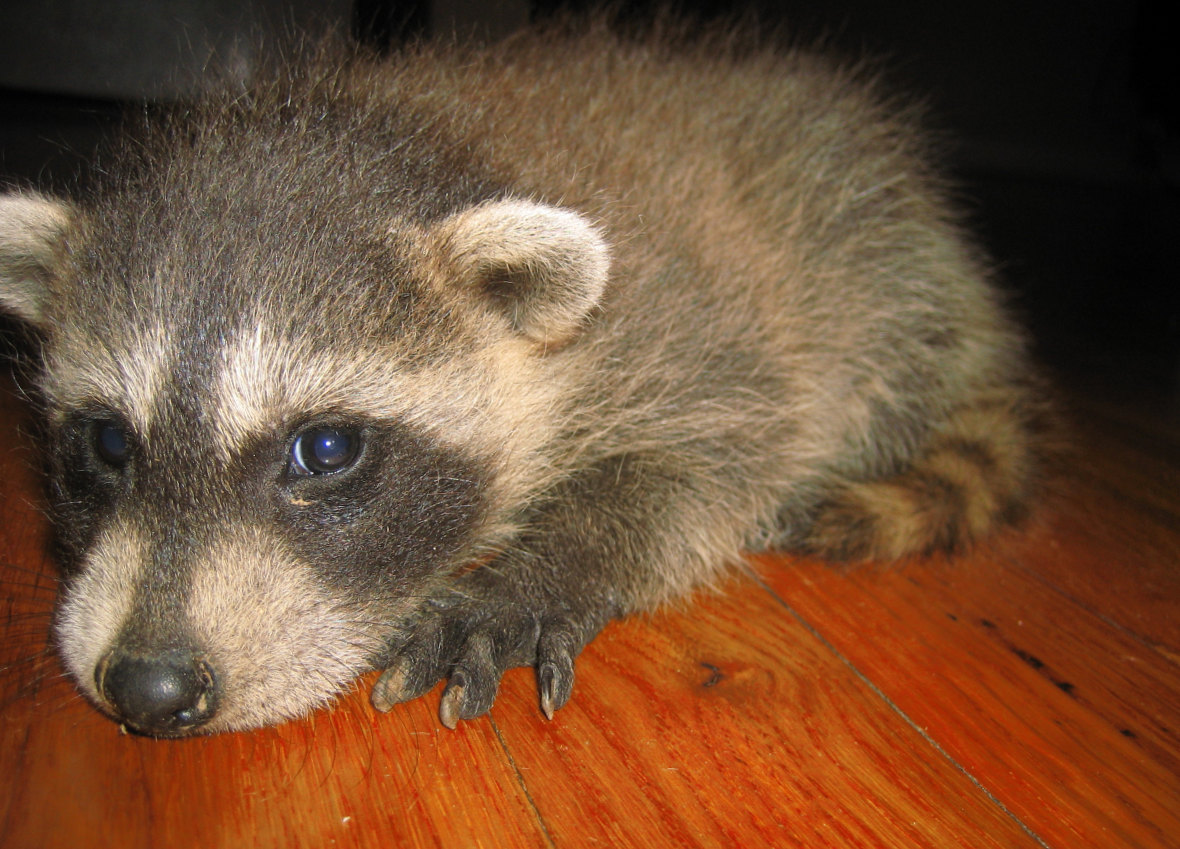- info@GrandRapidsanimalattic.com
Call 24/7 for a free quote:
616-548-5545
An Overview of Raccoon Feces
Most homeowners will not appreciate a visit from the raccoon since they can be a host of different diseases. However, you might not be aware that most of the pathogens are found in the droppings of the Grand Rapids raccoon. It may contain roundworms which is a condition that will be hard to diagnose especially if the medical professional is unaware of the patient’s exposure to raccoon feces. Apart from the proper identification of the animal, the raccoon feces can also help you determine the health risks associated with the feces.

How Does Michigan Raccoon Feces Look Like?
The raccoon feces will have a tubular shape. It comes with a blunt end and a dark shade. Nonetheless, the color of the dropping may also vary depending on the diet of the animal. It has an average size of about 2-3 inches. The best way to distinguish their poop from the feces of our cats and dogs would be the undigested matter. You will often see insects and berries that are undigested in their poop.
Where to Find the Racoon Feces
The raccoons are known for establishing a community latrine. This is the place where they will routinely deposit their droppings. The latrines will be composed of various droppings in varying ages. The raccoons will look for a levelled surface that is raised off on the ground when establishing their latrines. However, they may also utilize the base of trees and the open areas as their latrines. You may also find it at the roof, attics, decks, fence lines, haylofts, and large rocks.
Cleaning the Raccoon Feces
The latrine of the raccoon will contain roundworm that may cause respiratory infection. The adult roundworm can live in the intestines of the raccoon where it will lay its eggs. The eggs will be shed through the raccoon’s feces. According to the reports, an infected raccoon can shed at least 100,000 roundworm eggs daily. Contingent upon the number of roundworms found in the intestines of the Grand Rapids raccoon, they can shed a million of eggs in their feces. It will take 2-4 weeks before they can reach their infectious stage.
In order to protect yourself, you should wear gloves when cleaning the latrines of the raccoon. Rubber boots or disposable boots should also be worn during the process. In case you are working in a confined area, particle mask that are N95 should be used to prevent the accidental inhalation of the spores. After the cleaning process, thoroughly clean the clothes that you’ve worn and dispose the gloves and boots and mask that you’ve used.
You should avoid disturbing the latrines. The eggs of the roundworms are too light that it can be airborne. You should use a shovel when removing the droppings. You should also disinfect the surface using a tough cleaning solution. If possible, seek the help of the expert since they can use the proper cleaning solution to ensure that the roundworms and other pathogens will be eliminated completely from your property.
Visit our Grand Rapids animal removal home page to learn more about us.

